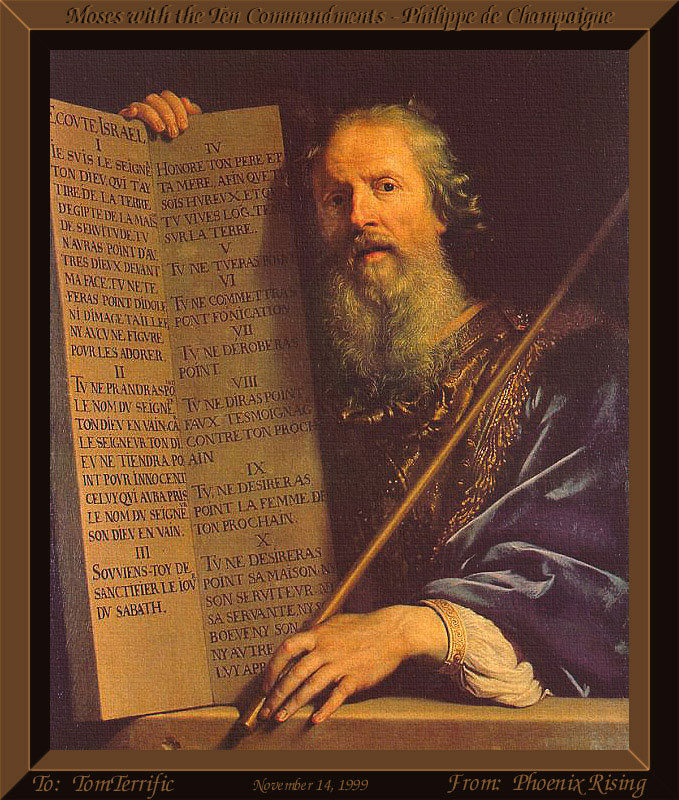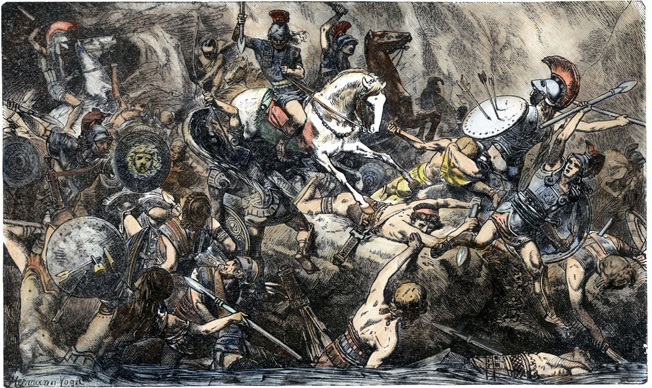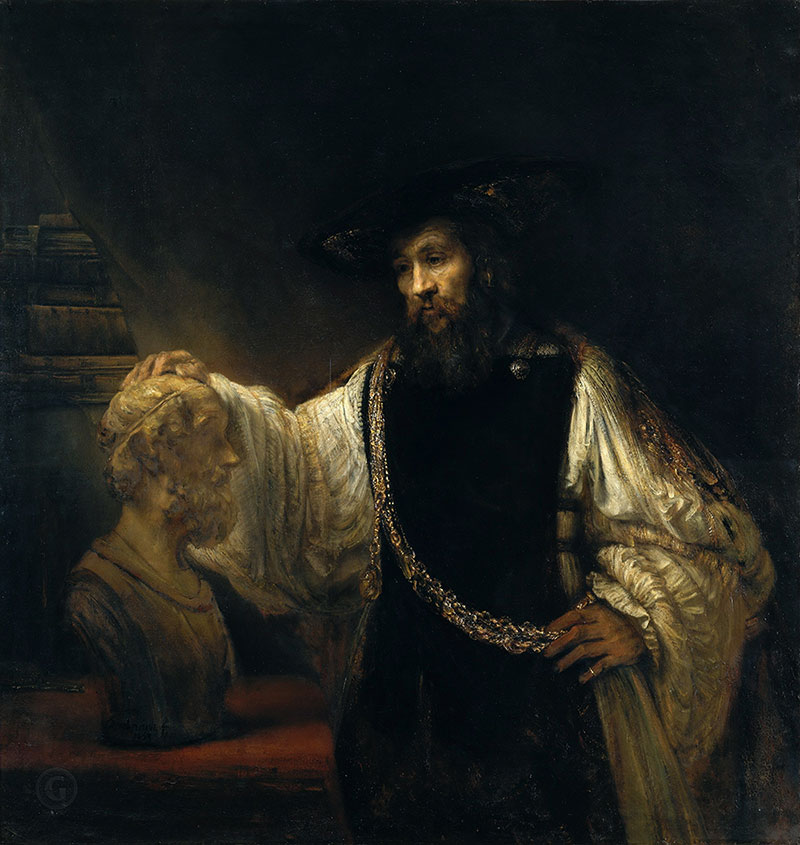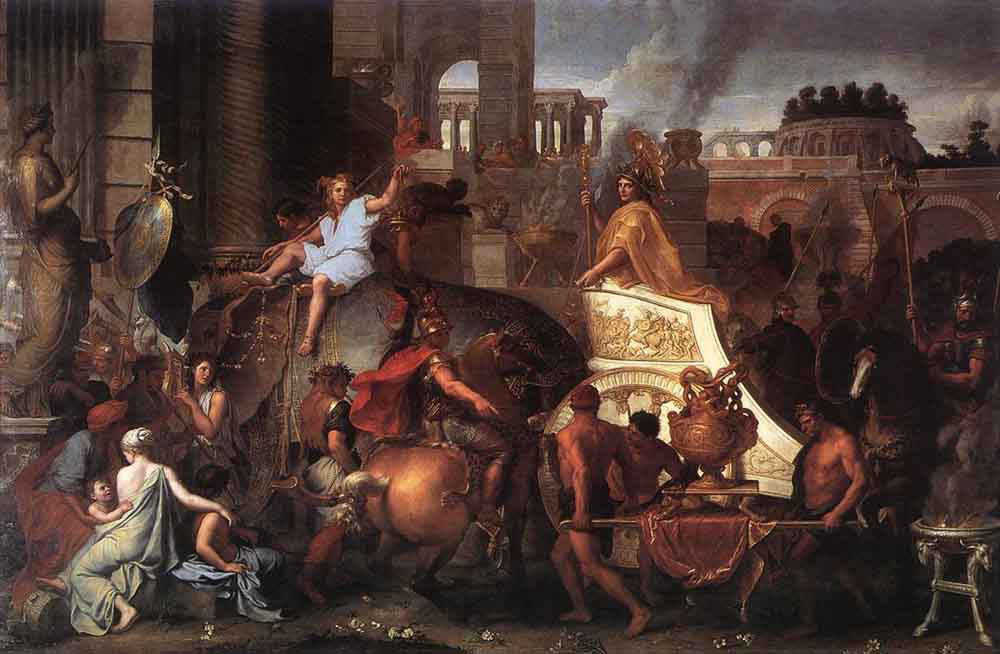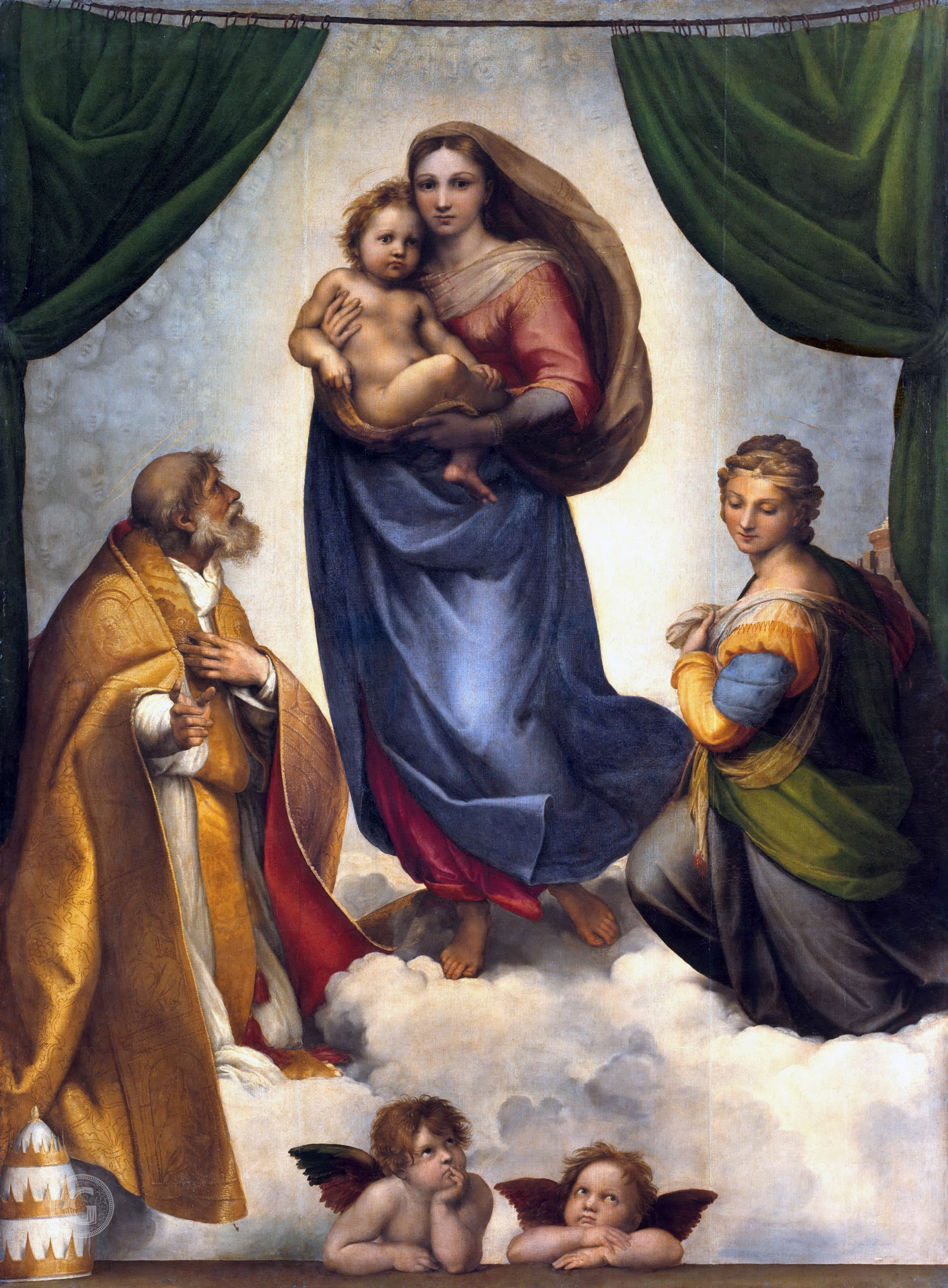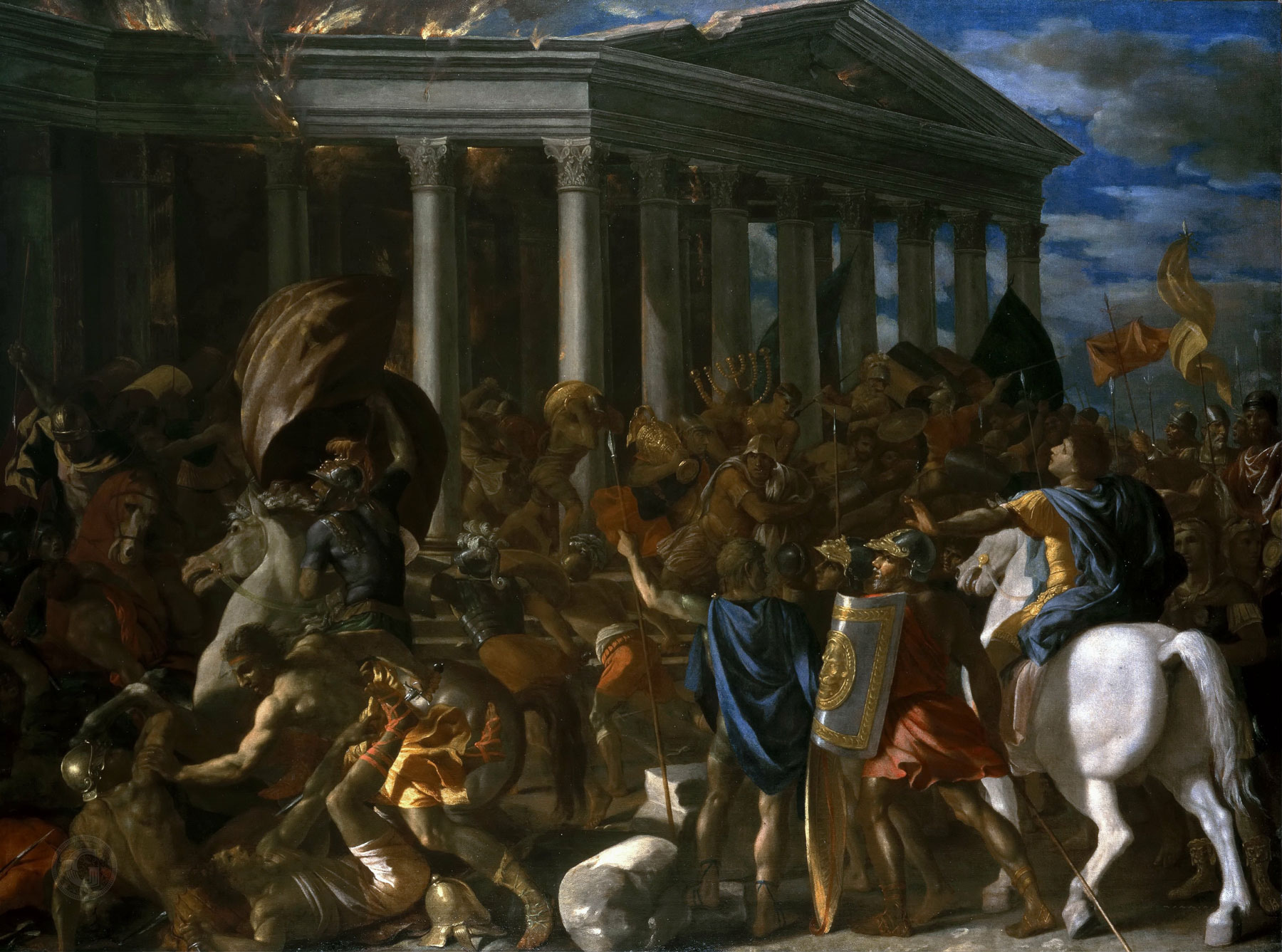
JMJ
Art & Culture Network
We launch our website with this Timelines section. They offer a thoughtfully curated journey through the history of mankind – charting key milestones from the rise of ancient societies to the breakthroughs that shaped our world, as well as the artistic and cultural legacies born along the way.
Each era is thoughtfully introduced with a brief overview, accompanied by a carefully chosen painting that captures its essence. For instance, in the beginning you would find Raphael’s Adam and Eve gracing the origins of history, setting the tone for the stories that follow.
As the Timelines grow and evolve, they will serve as the foundation for expanded pages, in-depth articles, and menus to guide you deeper into the cultural treasures of each period.
“In the Beginning”
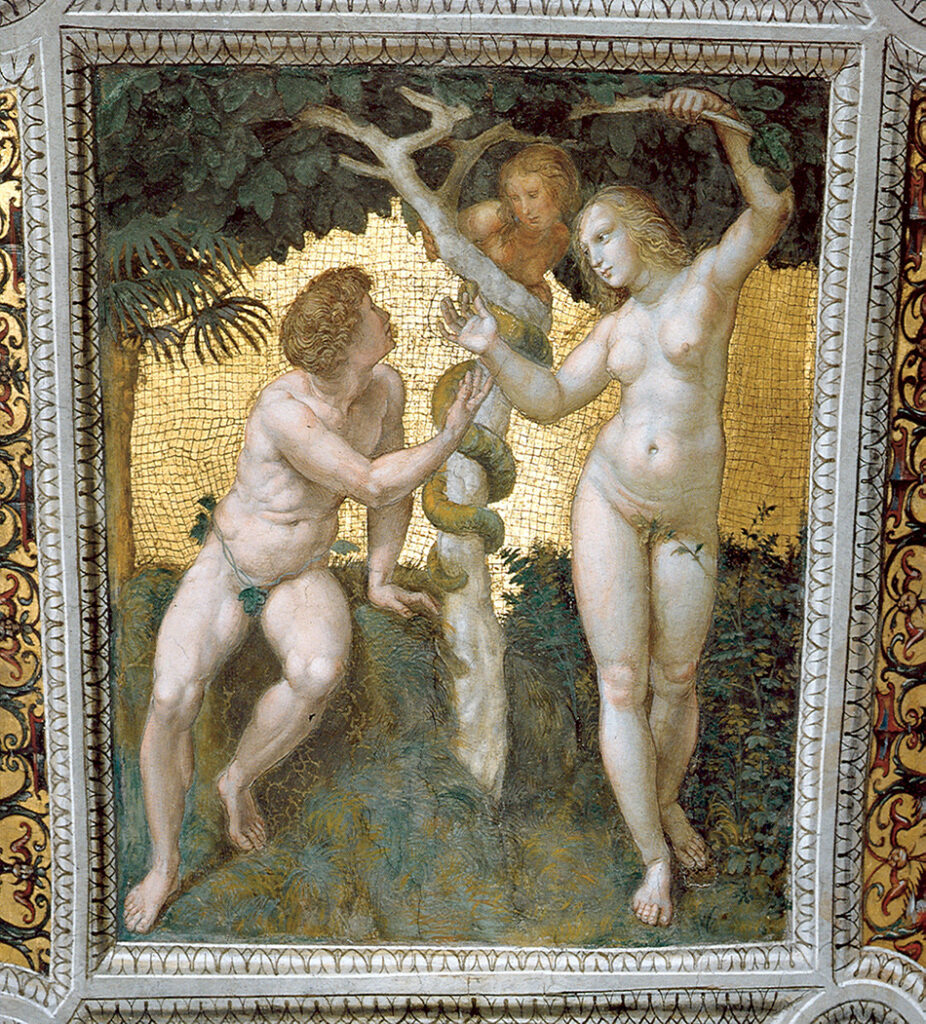
Relying on the Holy Scriptures, we firmly acknowledge and faithfully believe that God, by His almighty Word, created the entire universe out of nothing in six days. At last, from the dust of the earth, He fashioned the first man, Adam, and from Adam’s rib, He formed the first woman, Eve. He placed them in a delightful and fertile land – the earthly paradise – between the rivers Euphrates and Tigris. Adam and Eve were wholly blessed, yet their sin – breaking God’s command – deprived them of that blessed state.
“Mankind Strayed: Virtue, Vices, and the Dawn of Civilization”
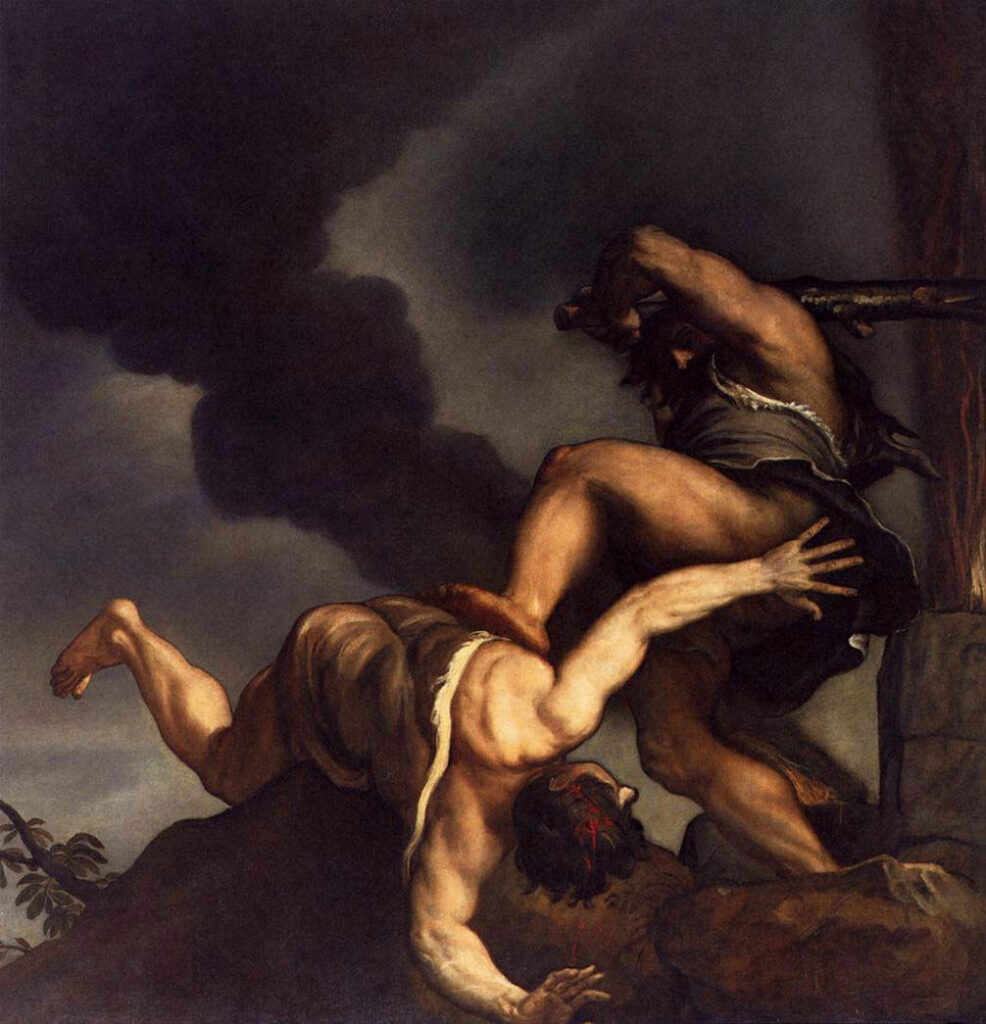
Mankind multiplied, and soon, forgetting God, they fell into vices and wickedness. Yet, fortunately for humanity, virtue still had a place on earth. Many served the one true God and were blessed by Him with long lives. In this period, the elders of families – the patriarchs – exemplified a royal character, and their authority over their households resembled a form of monarchical rule. People offered sacrifices to God from the fruits of the earth and from livestock. By this time, music, ironworking, and certain crafts had already been invented.
“A New Beginning: The Trials of Noah and the Rise of Ancient Kingdoms”
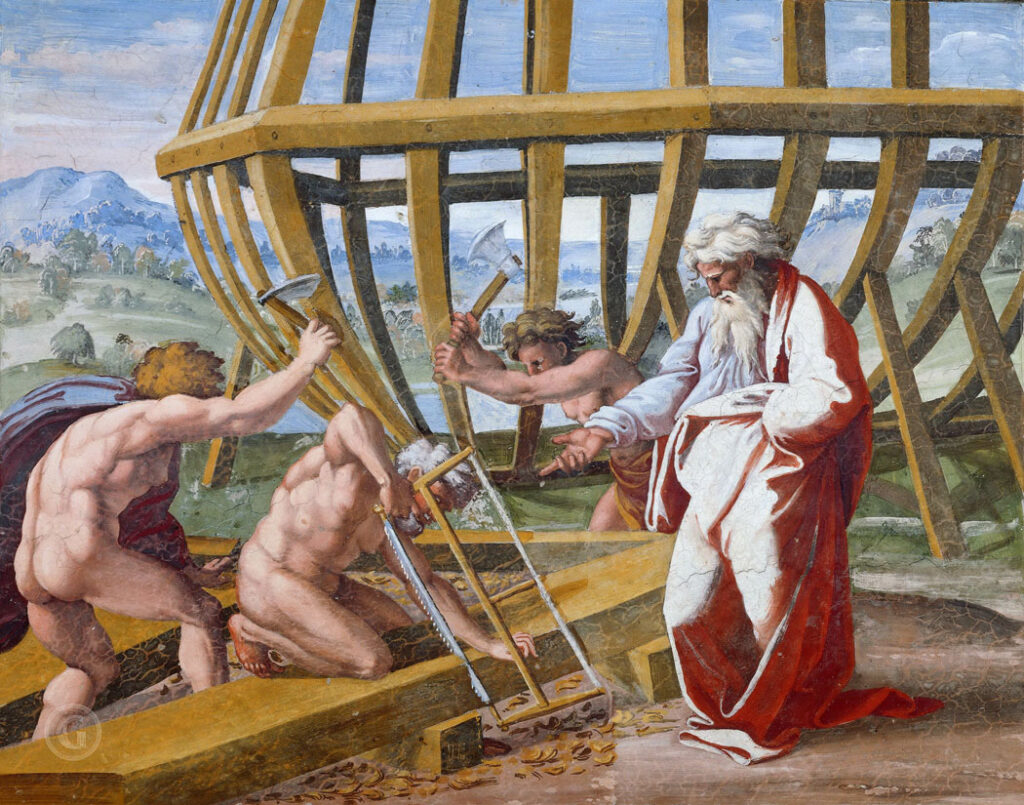
In due course, however, mankind fell into the gravest of sins. God, seeing no sign of their repentance, chose to destroy them by a great flood. Only one righteous man, Noah, along with his family, was spared by God from the universal destruction.
Once again, through Noah’s family, people multiplied. But due to the Tower of Babel, an ambitious endeavor they undertook, God scattered them across various lands. At last, around 2000 years before Christ, people began to unite into civil societies, and it was then that the first monarchies appeared in Asia, with the Assyrian and Babylonian being among the oldest and most revered.
“The Rise and Fall of the Assyrian Monarchy”

The founding of the Assyrian monarchy, established along the banks of the Tigris, is attributed to Asshur. Among his descendants, Ninus conquered the Babylonian monarchy as well as Persia and Media. Concerning Ninus’s wife, Semiramis, tales abound of her remarkable military achievements and the splendid adornment of Babylon, which she made the capital of the Assyrian monarchy. However, the accounts of Greek historians about Semiramis seem greatly exaggerated.
During the reign of Sardanapalus, a grave threat arose to the Assyrian monarchy. Arbaces, the governor of Media, led a rebellion, and Sardanapalus, unable to withstand him, took his own life by setting himself and all his treasures aflame. The Assyrian monarchy collapsed, yet from its ruins sprang three new monarchies: Neo-Assyrian, Neo-Babylonian, and Median.
The Neo-Assyrian monarchy became the most powerful in Asia; yet, weakened by excessive luxury and moral decline, it eventually fell under the rule of Cyrus, the Persian king.
“The Babylonian Monarchy: Foundations, Flourishing, and Fall”
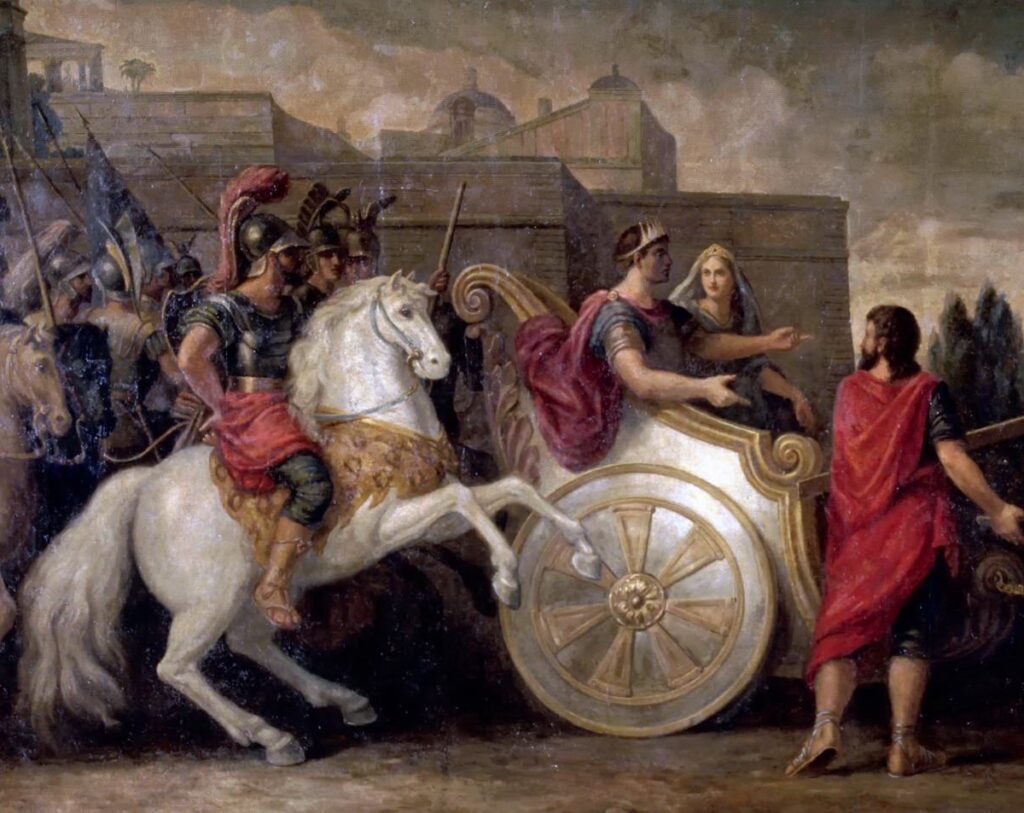
Nimrod is credited with founding the Babylonian monarchy along the banks of the Euphrates. During the reign of Ninus and Semiramis, Babylon was annexed to the Assyrian monarchy; however, following the death of Sardanapalus, it regained independence under the name of the Neo-Babylonian monarchy. Under the rule of Nebuchadnezzar, Babylon rose to its greatest strength and prosperity. The kingdom became a center for learning – particularly in astronomy – as well as for the arts, manufacturing, and trade.
Yet, corruption took deep root in Babylon, drawing upon it the wrath of God. During the reign of Belshazzar, Babylon fell to the Persian King Cyrus, bringing an end to its independence.
“The Median Monarchy”
A region of Asia stretching between the Tigris and the Indus was known as Media. Ninus conquered this land, and it remained under Assyrian rule until the time of Arbaces, who restored Media’s independence and established the Median monarchy. However, luxury and moral decay soon weakened the kingdom to such an extent that Cyrus, with a single victory over the Median king Astyages, brought Media under his control.
“The Kingdoms of Asia Minor”
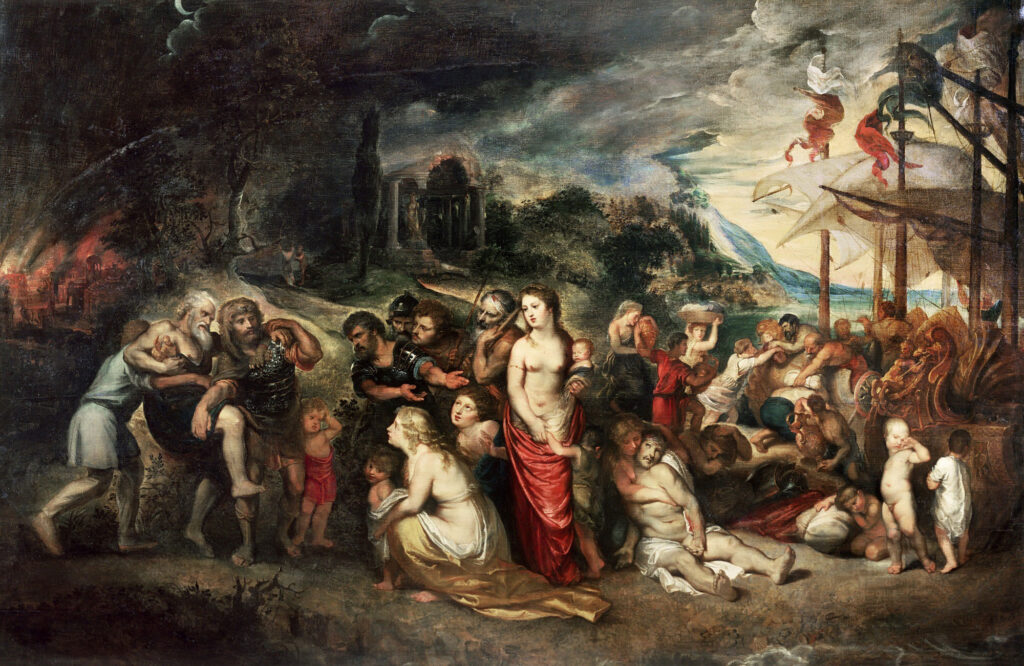
Among the kingdoms that once existed in Asia Minor, the most notable were Troy, Phrygia, and Lydia. Much of their history is steeped in legend. The Kingdom of Troy was destroyed by the Greeks in 1185 B.C.; Phrygia eventually fell under Lydian rule, and during the reign of King Croesus, Lydia, along with all of Asia Minor, was conquered by Cyrus.
“The Phoenicians: Masters of Trade, Innovation, and Exploration”
The Phoenicians were a peaceful, industrious, and diligent people, devoted to trade. They supplied nations far and wide with the products of their factories and workshops, shared useful inventions and discoveries, and brought prosperity, abundance, and knowledge wherever they went.
Phoenicia itself was the smallest part of Asia, stretching along the eastern coast of the Mediterranean Sea, with a length of about 115 miles from Tyre to Aradus, and a width of roughly 23 miles. The land was not particularly fertile, which inspired the Phoenicians’ dedication to hard work and enterprise. They turned their focus to seafaring and spread this skill across all the seas known at that time.
The cedar forests covering the mountains of Lebanon provided them with the timber needed to build their ships. One remarkable maritime feat was their three-year voyage around Africa, a journey that earned the Phoenicians an enduring place in history.
Their trade was vast, reaching Africa, all the islands of the Mediterranean, Spain, Britain, Prussia, and throughout the East. They established colonies in these distant lands, further expanding their trade networks. Phoenician factories and manufacturing flourished. They became renowned for their creation of purple dye, the invention of glass, the development of written letters, and even early forms of arithmetic. Additionally, they introduced systems of measurement, weights, and currency.
Though the Phoenicians sought to avoid the reach of conquerors, they ultimately could not escape Cyrus’s forces. They fell under Persian rule and remained so until the Macedonian dominion. Following Alexander the Great’s destruction of Tyre, much of Phoenicia’s trade shifted to Alexandria, marking the beginning of Phoenicia’s decline.
In Phoenicia, the government was monarchical, yet the power of its kings was so limited that one might describe it as a republic. Sidon, and later Tyre, stood as the chief among Phoenicia’s cities and regions.
“The Hebrews: A Sacred History of Faith, Kingship, and Divine Providence”
The history of the Hebrews is far more sacred than secular, for in all events that unfolded among them, we witness the direct hand of Providence.
At a time when idolatry began spreading across the land and seeping into Mesopotamia, Abraham, in whose family the faith in the one true God was preserved, departed by God’s command to settle in Canaan. Abraham’s grandson, Jacob, son of Isaac, journeyed with his entire family to Egypt, where his son Joseph, by the grace of God’s providence, rose from slavery and imprisonment to the highest honors in the kingdom.
For 250 years, the Hebrews lived peacefully and prosperously in Egypt; however, as they multiplied, the Egyptian rulers began to oppress them with increasing cruelty. Then, under God’s protection and the leadership of the prophet and God-inspired man Moses, the Hebrews departed from Egypt, miraculously crossing the Red Sea and entering Arabia. Here, God graciously gave them His commandments through Moses. Yet, due to their lack of faith in God’s promises, the Hebrews were condemned to wander in the wilderness of Arabia for 40 years. At last, they entered the land God had promised them – Palestine. There, they recognized God as their supreme ruler, and their affairs were overseen by Judges, or elders. Eventually, the Hebrews decided to establish a monarchy, and by lot, Saul was chosen as king. However, he dared to defy God’s commands, and thus the prophet Samuel, by God’s direction, anointed David as king.
David elevated the Hebrew monarchy to great power, glory, and prosperity. His son, the wise Solomon, built a magnificent temple to God in Jerusalem, yet later turned away from the true God and fell into idolatry. For this sin, after Solomon’s death, the Hebrew monarchy was divided into two kingdoms: Judah and Israel. Constant warfare broke out between them, and by their transgressions, they incurred God’s righteous wrath. The Kingdom of Israel was conquered by the Assyrians, and Judah was taken by the Babylonians, with the Jews led into captivity in Babylon, where they remained for 70 years until the time of Cyrus.
“The Egyptians: A Civilization of Fertile Lands, Wisdom, and Monumental Achievements”
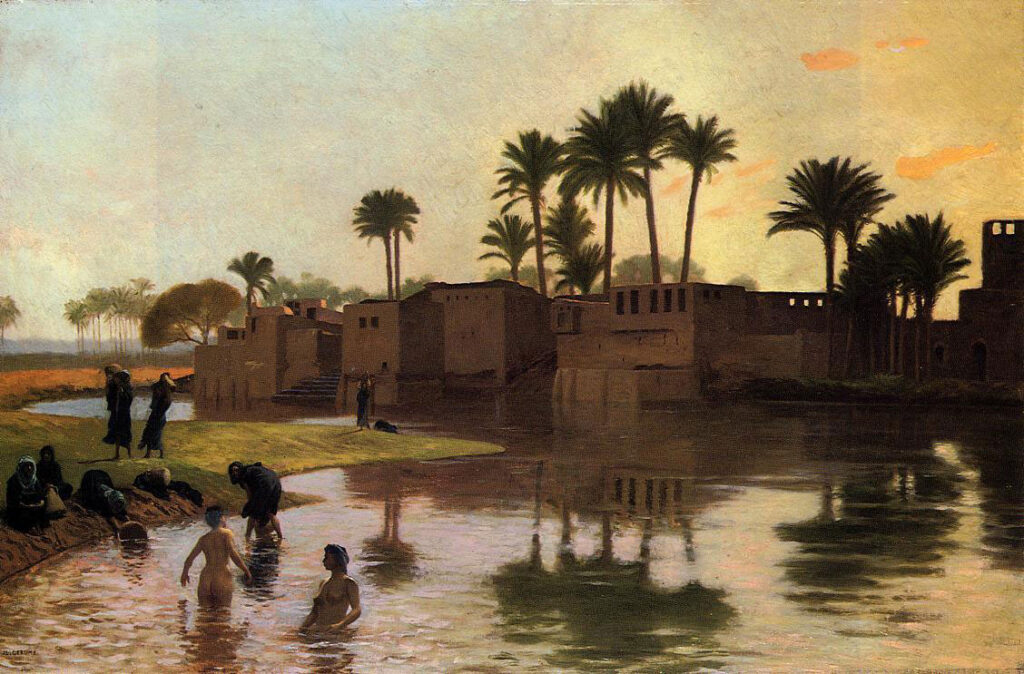
Egypt is a modestly-sized yet remarkably fertile region in northeastern Africa, blessed with abundance due to the annual flooding of the Nile River. In the earliest times, Egypt saw the rise of two notable kingdoms: Thebes and Memphis, though much of their history is shrouded in legend. Among the rulers of Thebes, Osymandias is remembered for his piety, sense of justice, wisdom in governance, and love for learning.
Menes is regarded as the founder of the Kingdom of Memphis. Among his successors, Merid stands out for ordering the excavation of a vast lake – named Lake Meris – which helped regulate the waters of the Nile after its seasonal floods. Sesostris was a celebrated conqueror, while other rulers gained renown through the construction of magnificent temples, massive pyramids, obelisks, and the famous labyrinth.
Until the time of Psammetichus, Egypt was often divided into several kingdoms; from his reign onward, it became a unified monarchy with Memphis as its capital. Around this time, the Egyptians, who had long avoided contact with foreigners, began to engage with the Greeks. Psammetichus’s son, Necho, expanded Egypt’s trade and seafaring efforts, and under his encouragement, the Phoenicians undertook a legendary voyage around Africa. Another distinguished ruler, Amasis, was celebrated for his virtues, education, and vast knowledge. However, Egypt’s glory was already beginning to wane. During the reign of Psammenitus, the Persian king Cambyses conquered Egypt, marking the end of its independence.
“A Cradle of Knowledge, Innovation, and Mystical Beliefs”
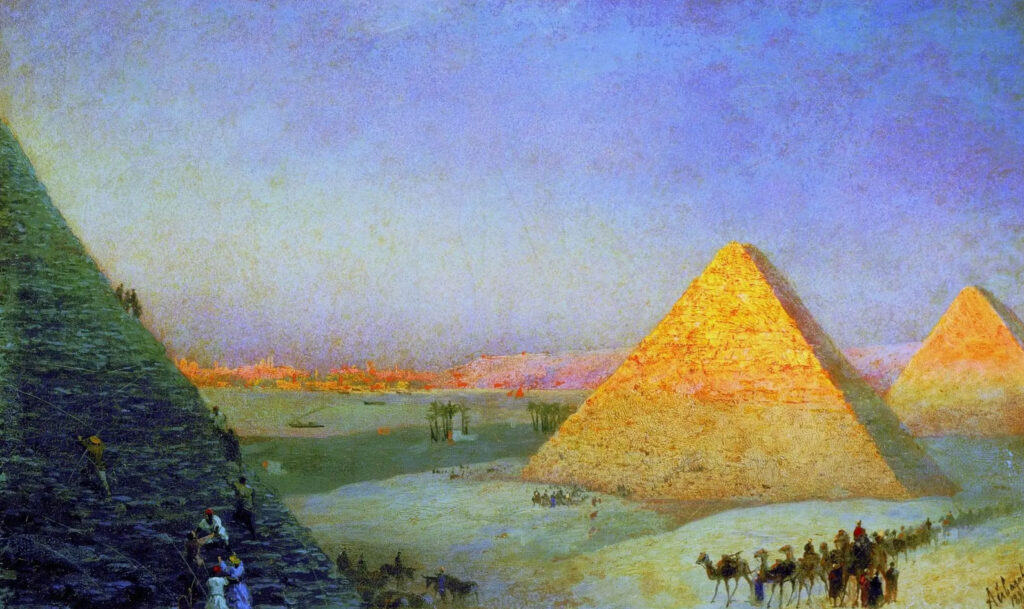
From the earliest times, Egypt was already a well-organized and cultured land. Over the centuries, the sciences and arts reached great heights here, earning Egypt the well-deserved title of “the cradle of enlightenment,” and even the Greeks owed much of their education to Egyptian wisdom.
The Egyptians possessed knowledge of geometry, astronomy, and other branches of mathematics. They mastered the art of embalming the dead, and the immense pyramids they constructed are testament to their advanced understanding of mechanics. The wisdom of Egyptian law speaks to the high degree of learning among this people. Writing was also known to the Egyptians, though it took the form of hieroglyphs, whose meanings were known only to the priests.
In matters of faith, the Egyptians practiced idolatry. They worshiped the sun and moon under the names Osiris and Isis. Their chief deity was Apis, a bull marked with black spots. Beyond this, the Egyptians revered the stars, the Nile River, and numerous animals and plants as objects of devotion.
“The Carthaginians: A Story of Prosperity, Ambition, and Ultimate Ruin”
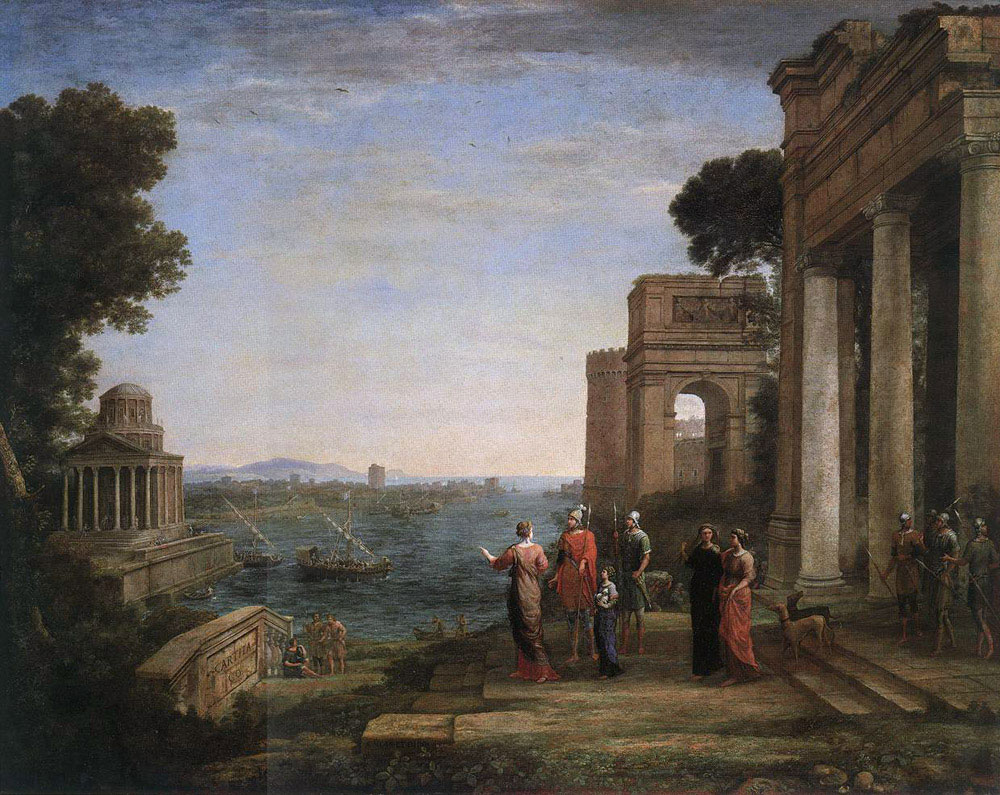
Around 800 B.C., Dido, sister of the Tyrian ruler Pygmalion, fled to Africa and founded Carthage on the Mediterranean coast (in what is now Tunisia). Before long, the Carthaginians, following the example of the Phoenicians, turned their focus toward seafaring and trade. They established connections with distant lands, setting up colonies on Mediterranean islands and in Spain. Wealth began to flow into Carthage, and it soon became apparent that this city could grow even mightier and more renowned than Tyre itself.
However, the pursuit of wealth stirred within the Carthaginians a ruinous passion for conquest. They set their sights on all of Sicily, which drew them into conflicts with the Greeks of Sicily and beyond, eventually leading to hostilities with the Romans. The result was three devastating wars, known in history as the Punic Wars, which ultimately led to the destruction of Carthage and the fall of the Carthaginian republic.
In matters of governance, the Carthaginians followed the Phoenician model: their rulers, or “suffetes,” held power that was limited by both the senate and the people. For this reason, the Carthaginian monarchy is often referred to as a republic. Trade remained their chief occupation, while the sciences did not achieve notable progress among them. Their military consisted of naval and land forces; the navy was their main focus, while their army was largely composed of foreign troops.
In matters of faith, the Carthaginians practiced idolatry, with their principal deity being Moloch, to whom they made human sacrifices, even offering up their own children.
“The Persian Empire”
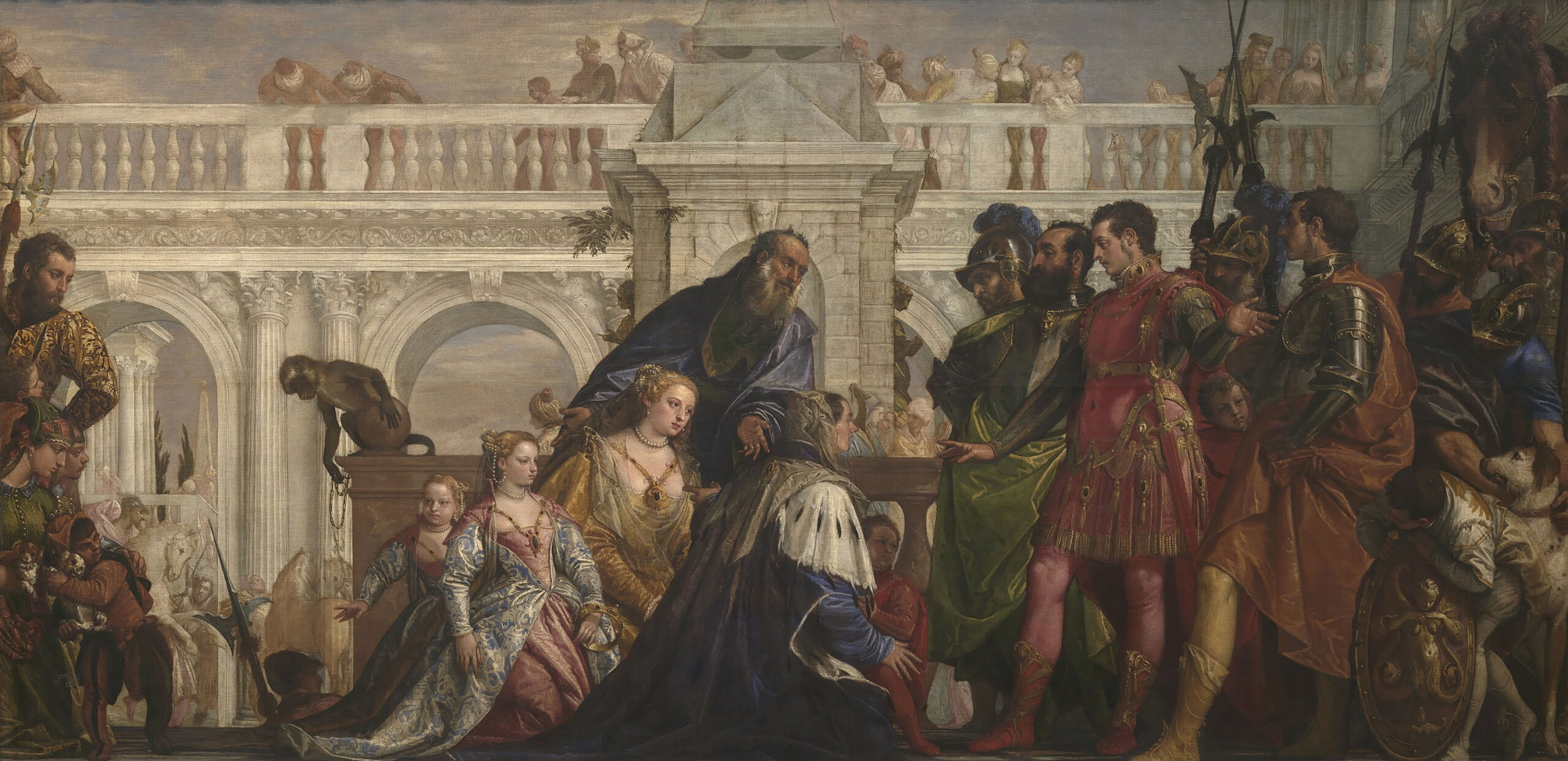
Cyrus, a nobleman of the distinguished Persian Achaemenid lineage, rose to prominence as the leader and commander of the Persians, establishing himself as a great conqueror in the East. At the time, the Persians were under the rule of the Medes. Desiring to secure independence for his people, Cyrus took up arms against his own grandfather, the Median King Astyages, defeating him in battle and conquering his entire kingdom. Assyria, Babylonia, Asia Minor, and other regions were soon compelled to acknowledge his authority. In a short span of time, Persian dominion extended from the Aegean Sea to the Indus River and from the Black and Caspian Seas to the southern ocean.
Cambyses, Cyrus’s son and successor, further expanded the empire by annexing Egypt. Darius Hystaspes, another notable ruler, sought to extend Persian rule into Thrace and India. However, his efforts were thwarted when he was drawn into war with Greece, sparked by the rebellion of the Greek colonies in Asia Minor. While the details of this war are better addressed in Greek history, it is worth noting that the conflict lasted throughout the reigns of both Darius and his son Xerxes. These wars greatly weakened and destabilized the Persian monarchy. From that time forward, Persian dominance in the East began its decline, further undermined by the unchecked luxury and moral decay of the Persian kings and their subjects. During the reign of Darius Codomannus, Alexander the Great decisively destroyed the Persian Empire with three key victories at Granicus, Issus, and Arbela.
Under the reign of Darius Hystaspes, the Persian Empire was divided into 20 satrapies, or provinces, connected by a postal system to facilitate communication. The Persian monarch held absolute authority over the lives and possessions of his subjects. He was revered as the “King of Kings” and was accorded honors akin to those given to a deity, with all his subjects referred to as his servants.
The Persian religion, established by the enlightened Zoroaster, was founded on the belief in two opposing forces: good and evil. The force of good was called Ormazd, while the force of evil was known as Ahriman. Their sacred text, the Zend-Avesta, contained the principles of this faith, and their priests were referred to as Magi.
“Early Greek History”
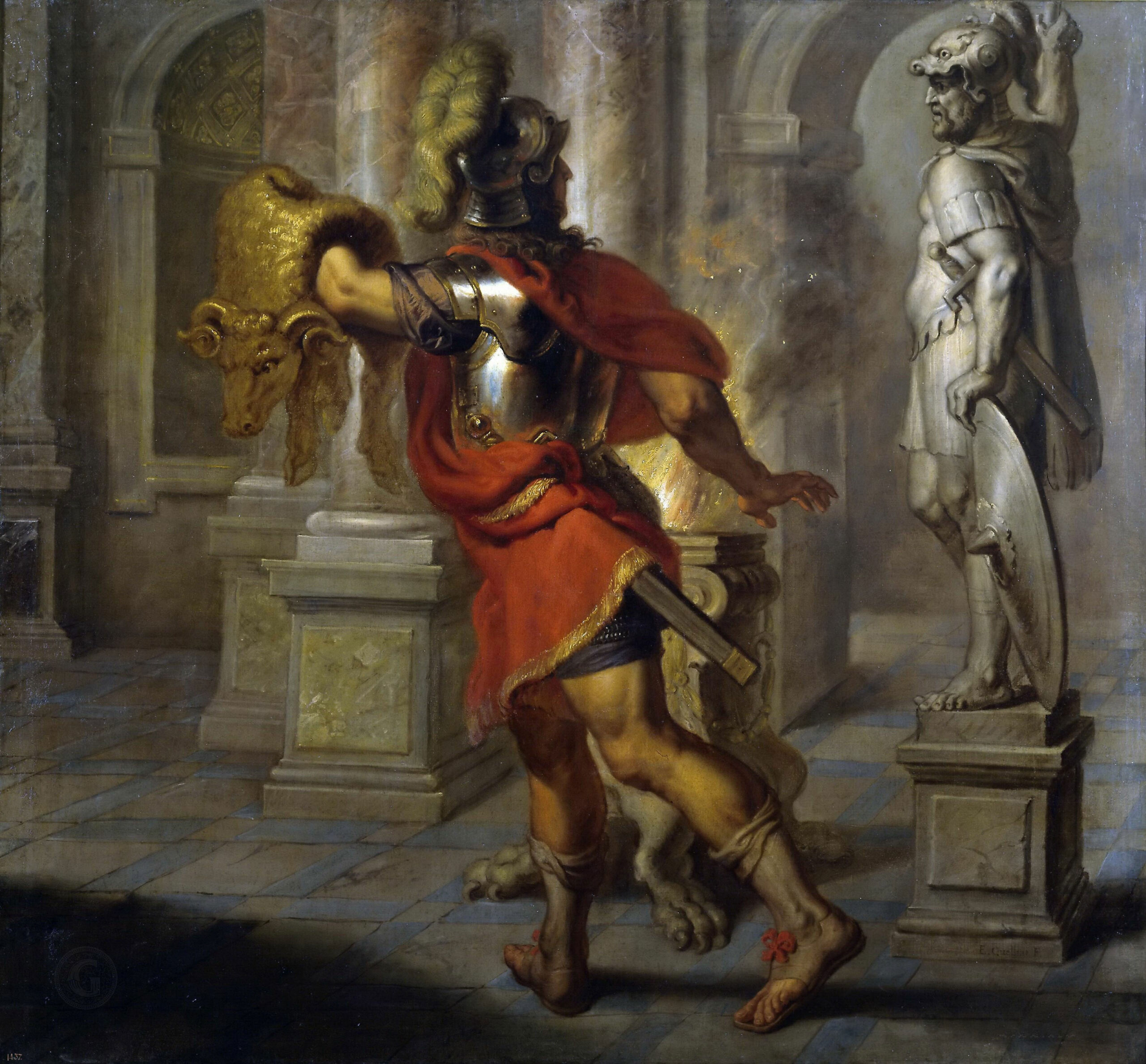
Many peoples from Asia, collectively known as the Pelasgians, settled in the southern part of Europe, in what is now the Peloponnese. It is believed that this land came to be called Greece in honor of their leader, Graecus. The Pelasgians, or early Greeks, were uneducated and crude, living scattered in caves and forests without any understanding of civil society.
Cecrops, an Egyptian, and Cadmus, a Phoenician, settled in Greece and laid the foundation for its future development. It was during this time that small kingdoms emerged, such as Argos, Sicyon, Athens, Lacedaemon, and Thebes.
Amphictyon, the son of Deucalion, established a council in Greece known as the Amphictyonic League. This assembly deliberated on matters affecting all of Greece and resolved disputes and legal conflicts. A spirit of heroism inspired the Greeks to embark on a maritime expedition to Colchis (modern Georgia) to retrieve what they called the Golden Fleece. This venture, known as the Argonautic Expedition, expanded the Greeks’ geographical knowledge and trade. That same spirit of heroism and vengeance later drove them to wage war against Troy in Asia Minor. After a ten-year siege, the Greeks captured and destroyed the city.
Many Greek rulers did not return from the Trojan War, which led to disputes and conflicts over the succession of thrones. These struggles were worsened by the invasion of the Heraclidae (descendants of Hercules) into the Peloponnese. As a result, many Greeks migrated to Asia Minor, where they established colonies that would later flourish. Around this same period, Greece experienced a transformation in governance: nearly all monarchies (except for Epirus) were replaced by republics, with Sparta and Athens emerging as the most prominent.
“Greek History continued”
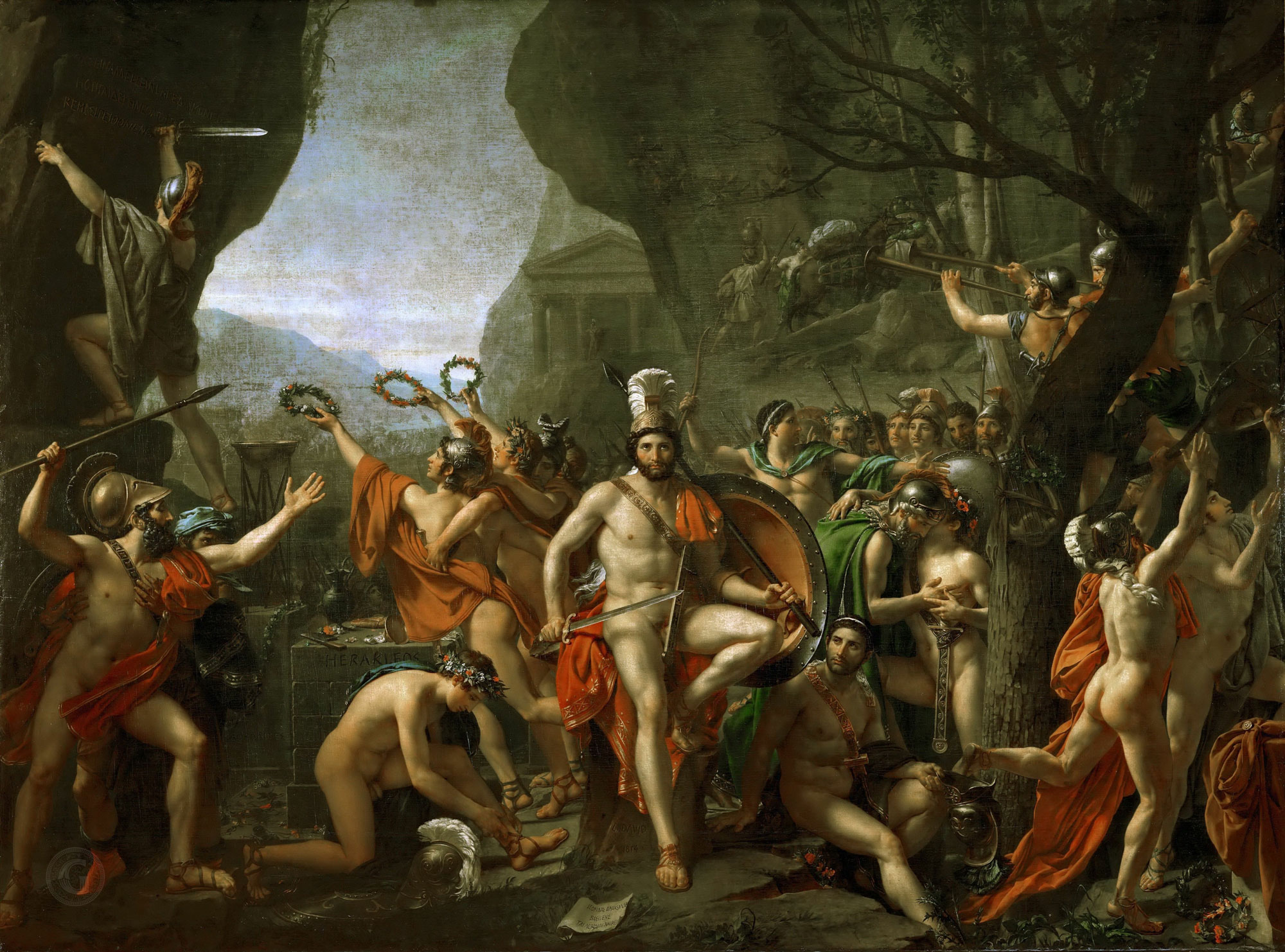
Following the transition from monarchy to a republic, Sparta fell into discord and strife. Yet, in the midst of this turmoil, the great lawgiver Lycurgus emerged, shaping the city’s future. He introduced sweeping reforms: he established strict laws, eradicated excess, instilled in the Spartans a strong work ethic, and taught them the virtues of moderation and self-restraint. Above all, he kindled within them a noble love for their homeland and molded them into a people of warriors – brave, disciplined, and resolute.
Three centuries later, Athens found its own great statesman in Solon, a wise and virtuous lawgiver. He repealed the harsh and unforgiving laws of Draco, replacing them with milder, more just statutes, designed to bring peace and prosperity to the Athenians. His vision was not only to make them courageous in battle but also to cultivate in them knowledge and virtue. Under his influence, the Greeks – especially the Athenians – turned their attention to seafaring and trade, establishing flourishing settlements in Asia Minor, Sicily, Italy, and along the shores of the Black Sea.
At last, a spirit of heroism and an unyielding devotion to their homeland united the Greeks. Determined to preserve the freedom and independence of their colonies in Asia Minor, they took up arms against the Persian Empire. Their courage and skill in battle won them glorious victories, and they triumphed over their formidable enemy. The great Athenian general Miltiades led the Greeks to victory at Marathon. The Spartan King Leonidas fought bravely at Thermopylae, sacrificing his life for Greece. The Athenian commander Themistocles secured a decisive naval triumph at Salamis, forcing Xerxes to flee. The victories at Plataea and Mycale, in Asia Minor, further cemented Greek supremacy. Xerxes’ vast army of 2,600,000 men was ultimately defeated and scattered. His successor, Artaxerxes I, was quick to make peace with the Greeks, acknowledging the independence of their settlements in Asia Minor.
It was during this era of war and glory that Athens was home to Aristides, a man of remarkable wisdom and virtue, whose fairness and integrity earned him the title The Just.
“Greek History concluded”
Not long after the end of the Persian Wars, Greece was once again consumed by internal strife in what became known as the Peloponnesian War. At the heart of this conflict lay the rivalry between Sparta and Athens, as each sought to establish itself as the preeminent power in Greece. The war lasted for 27 long years, bringing devastation to the entire land. When it finally came to an end, Sparta emerged as the dominant force. At the outset of this war, Athens was led by the renowned statesman Pericles, a man of remarkable intellect and vision, under whom Athens flourished in a golden age of arts and learning.
Sparta’s ambition to rule over all of Greece soon led to yet another civil war. The Thebans, rising in defense of Greek liberty, took up arms against Spartan rule. Under the command of two distinguished generals, Pelopidas and Epaminondas, they achieved decisive victories over the Spartans at the battles of Leuctra and Mantinea. However, the cost of victory at Mantinea was steep – Epaminondas was mortally wounded and soon succumbed to his injuries.
Before long, Greece was plunged into a third internal conflict, known as the Phocian or Sacred War. Seeing an opportunity, Philip, the King of Macedon, intervened in Greek affairs, gradually bringing all of Greece under his authority. His son, Alexander, would go on to solidify Macedonian rule and establish an empire unlike any the world had ever seen.
“A Reflection on Greece: The Pinnacle of Ancient Civilization”
Nowhere in the ancient world did the human mind achieve such extraordinary heights as it did in Greece. A land that was once home to hardship and ignorance became the very cradle of enlightenment, where learning and culture flourished beyond measure.
Among Greece’s most celebrated poets were Homer, whose epics still echo through time, along with Hesiod, Pindar, Aeschylus, and Sophocles. Its great historians – Herodotus, Thucydides, Xenophon, Polybius, and Plutarch – chronicled the deeds of nations with an eye for both truth and grandeur. Among the many gifted orators, none surpassed Demosthenes, whose words carried the weight of a nation’s destiny. Greece also produced great sages, men of wisdom such as Thales, Solon, Chilon, Pittacus, Periander of Corinth, Bias, and Cleobulus. And among its philosophers – those who sought to understand the nature of man, the heavens, and the divine – the most revered were Socrates, Plato, and Aristotle.
The fine arts – painting, sculpture, and architecture – blossomed, particularly in Athens during the golden age of Pericles, reaching a level of refinement and beauty that would inspire generations to come.
The Greeks, in their worship, believed the world to be governed by many gods, each presiding over a particular realm. Zeus was held as the supreme ruler, while Chronos governed time. Apollo was the patron of wisdom and the arts, Poseidon ruled the seas, and Pluto reigned over the underworld. Alongside these, they venerated goddesses such as Juno and Pallas Athena (or Minerva), as well as demigods, muses, and heroic figures – those whose deeds and virtues elevated them above mere mortals.
Among the most honored traditions of Greece were the Olympic Games, held in reverence to Zeus. And of the sacred oracles, none were more esteemed than those of Dodona and Delphi, where men sought divine counsel before embarking on great endeavors.
“The History of the Macedonian Monarchy and the Kingdoms That Rose from Its Ruins”
The Greek settlements in Macedonia laid the foundation for what would become the Macedonian monarchy. Until the time of Philip, it remained an insignificant kingdom, its history little known and shrouded in legend. However, with Philip’s ascent to the Macedonian throne, a new era of power and glory began. Gifted with remarkable intelligence, Philip skillfully expanded the borders of his monarchy and established his rule even over the fiercely independent Greeks. He formed the Macedonian phalanx – a disciplined and permanent military force that would become a formidable power across the ancient world.
The renown of the Macedonian kingdom was further magnified by Philip’s son, Alexander. This extraordinary figure of the ancient world possessed both a brilliant mind and a bold heart. Driven by ambition and a passion for conquest, he set out to subdue the entire known world. Having first secured his dominance over Greece, he led an army of 35,000 men into Asia Minor. His victory over the Persians at the Battle of Granicus foretold the fall of the Persian Empire. At Issus, King Darius Codomannus personally led his army into battle, only to suffer defeat and retreat in disgrace. Finally, the decisive battle at Arbela sealed Alexander’s triumph, bringing the Persian Empire under his rule. From Egypt, Judea, and Phoenicia to lands stretching from the Adriatic to the Indus – from the Black and Caspian Seas to the southern ocean – all acknowledged his supremacy.
Yet, in the midst of his brilliant campaigns, standing at the very height of his victories, Alexander died at the young age of 33. His untimely death threw the Macedonian Empire into chaos. Bitter and bloody struggles erupted among his generals, and as a result, his vast dominion crumbled. From its ruins arose several kingdoms, the most notable being the Seleucid Empire in Syria, the Ptolemaic Kingdom in Egypt, and the Macedonian kingdom itself. Of these, Egypt – under its early rulers Ptolemy I, Ptolemy II, and Ptolemy III – flourished in prosperity. Learning, the arts, civic culture, and trade thrived within its borders. However, in time, all these kingdoms fell to the might of Rome.
“The Kingdom of Judea”
Among the states that emerged from the downfall of the Macedonian Empire, the Kingdom of Judea holds particular significance. After conquering Babylon, Cyrus granted the Jews permission to return to their homeland, reestablish their kingdom, and rebuild the Temple in Jerusalem. Later, as Alexander marched across the known world, he too brought Judea under his rule. Though a pagan, he treated the Jews with favor. Upon his death, however, Judea fell under the control of the Seleucid kings, among whom Antiochus IV inflicted cruel persecution upon them. But faith in the one true God strengthened the Jewish people and preserved them from destruction. In their time of great trial, God raised up a deliverer from among their own – a righteous warrior, Judas Maccabeus.
Yet, internal divisions – particularly the conflicts between the Pharisees and the Sadducees – foretold the kingdom’s eventual downfall. The Romans seized Jerusalem and placed Herod – a foreigner – upon the throne of Judea.
“The Nativity”
At this time, the great mystery of the Incarnation was fulfilled – in Bethlehem, the long-awaited Messiah, Jesus Christ, was born. He established the New Testament Church to bring forth the renewal and transformation of the world.
“The Fall of Jerusalem”
The Jews’ turning away from the one true God – along with their other transgressions – brought upon them His righteous judgment. The Romans established their dominion over Judea. Titus – son of the Roman Emperor Vespasian – laid waste to the Temple in Jerusalem, destroying it completely as punishment for the Jewish uprisings. Later, during the reign of Emperor Hadrian, the entire city of Jerusalem was razed to the ground, and the Jewish people were scattered across the earth – just as had been foretold in the Holy Scriptures.
